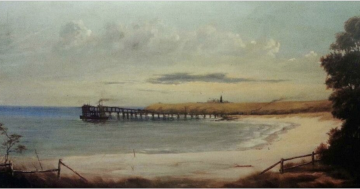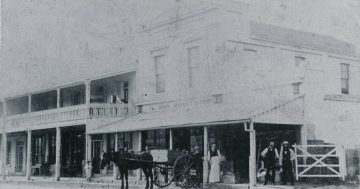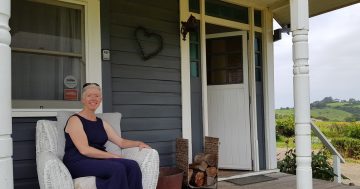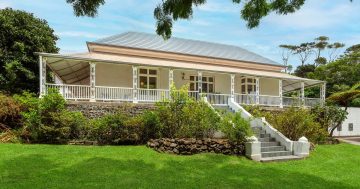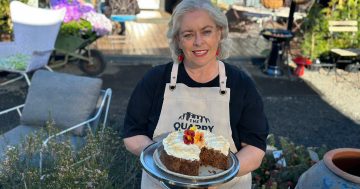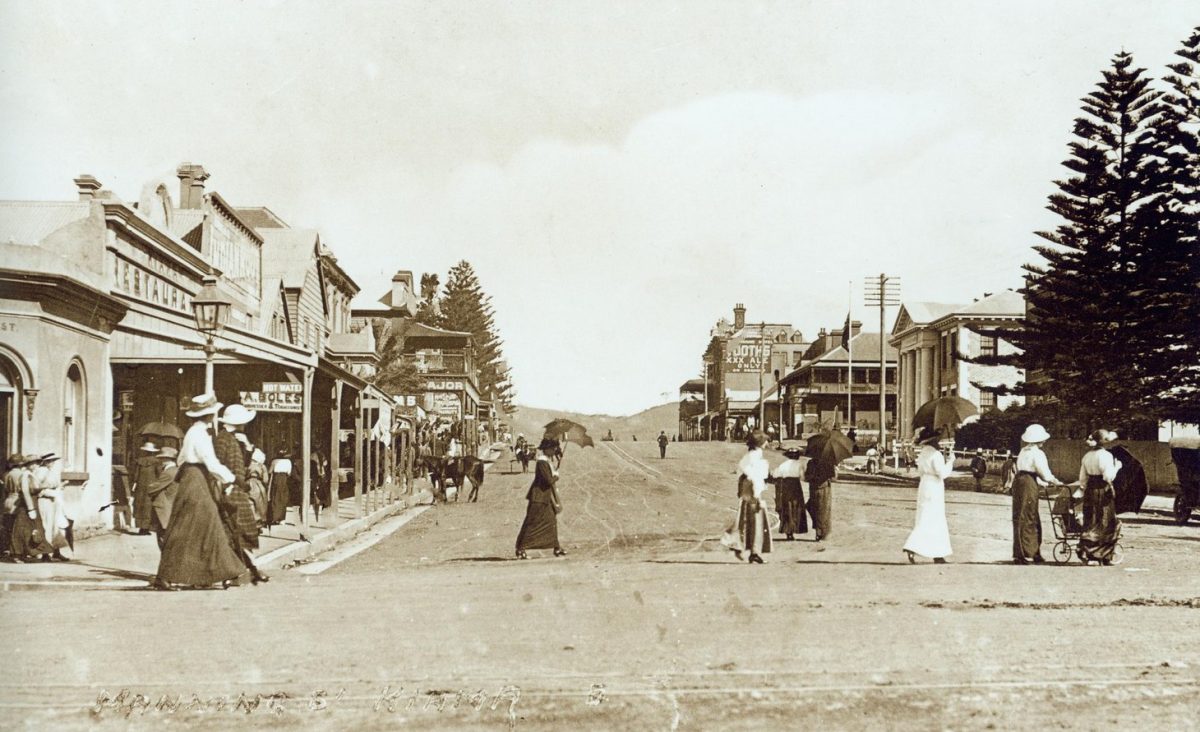
Manning St, Kiama, in about 1900 looking south. Horse and carts were the popular mode of transport at the time. The Grand Hotel is in the far background, and the Council Chambers on the right. Photos: Kiama Library.
Picturesque Kiama is known for its rolling green hills and dairy farms but before settlement, the area was covered in dense vegetation with the famed cedar, cabbage tree palms, sassafras, creepers and vines.
The first settlers who purchased land in 1840, a year after the town was proclaimed, found it difficult to find their blocks due to the amount of growth. Surveyor Burnett designed the street plan and had to mark out the street corners with 12-foot posts so they could be seen above the scrub.
According to Kiama Library’s Local History Stories site, the town was designed without knowledge of the area, considerations for pioneer tracks or the steep terrain.
Kiama’s roads in the early 1860s were rough, muddy and lined with flimsy timber buildings. The town water supply was from the stream that followed Terralong St through Hindmarsh Park to the ocean. Horse and carts transported water to homes and businesses from the town’s well created from this stream.
Joseph Pike was a European settler who helped create the township. Like many pioneers, he came to Australia as a convict. He had been sentenced to death in England for housebreaking offences in 1829, which was later changed to 14 years’ transportation.
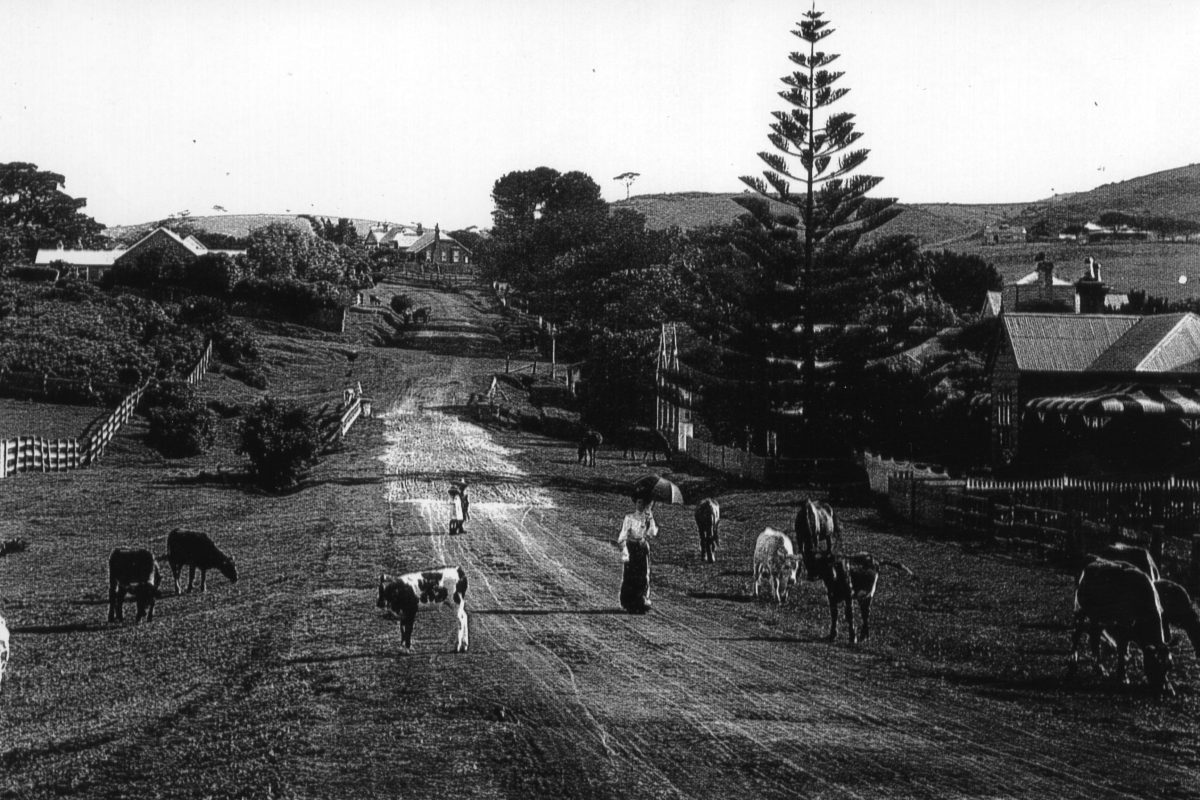
Cattle grazing along the sides of Manning St, past Surf Beach. The old brewery can be seen behind the big Norfolk Pine.
He served his sentence first on a farm in western NSW and then in Dapto. Due to his good behaviour, Joseph only served seven of his 14 years before receiving his Certificate of Freedom in 1837.
Joseph married ex-convict Mary Talbot in 1838 and purchased land in Kiama and moved there in 1846.
He became a shrewd businessman and played a pivotal role in the commercial development of the town. He opened the first general store in Kiama on 1 January 1847 on his land, which was later to become Pike’s Hill, and in 1853 a hotel called the Gold Diggers Arms Hotel.
According to the Kiama Historical Society, by 1848 the town boasted 18 permanent houses, two inns, two stores, a wooden church (the first Church of England) and a jetty at the bay.
By the 1860s the town had grown to include schools, a post office, courthouse, tailors, drapers and haberdashery, bootmaker, blacksmith, wheelwright, breweries, two commercial banks and the first newspaper, the Kiama Examiner in 1858.
There were also plenty of inns and hotels, and the majority of court cases heard were the result of drunkenness. One case heard in 1863, was about a Mr Humphreys, who was caught running around Jamberoo nude while drunk. One week’s imprisonment was the sentence.
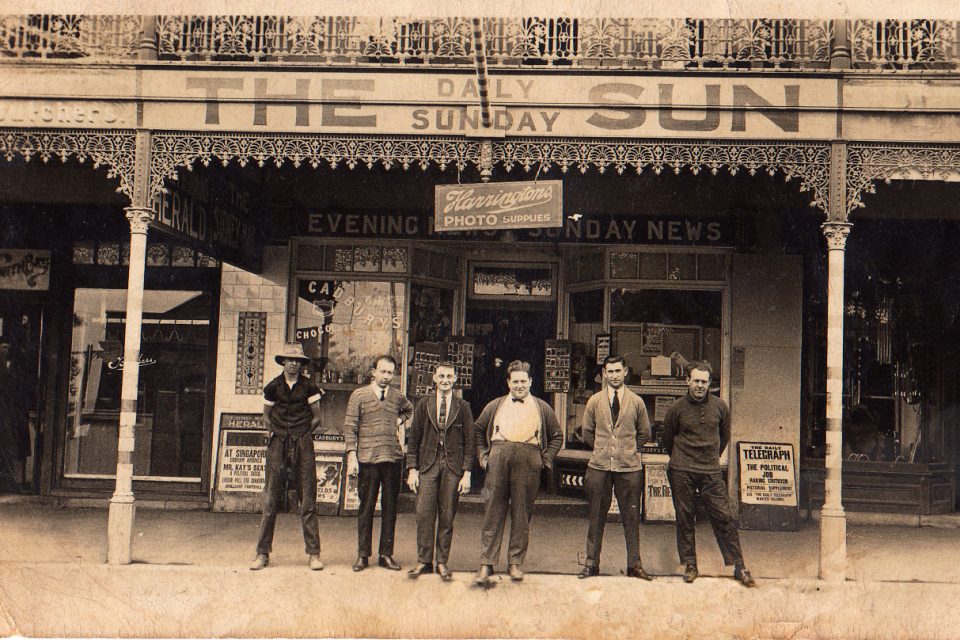
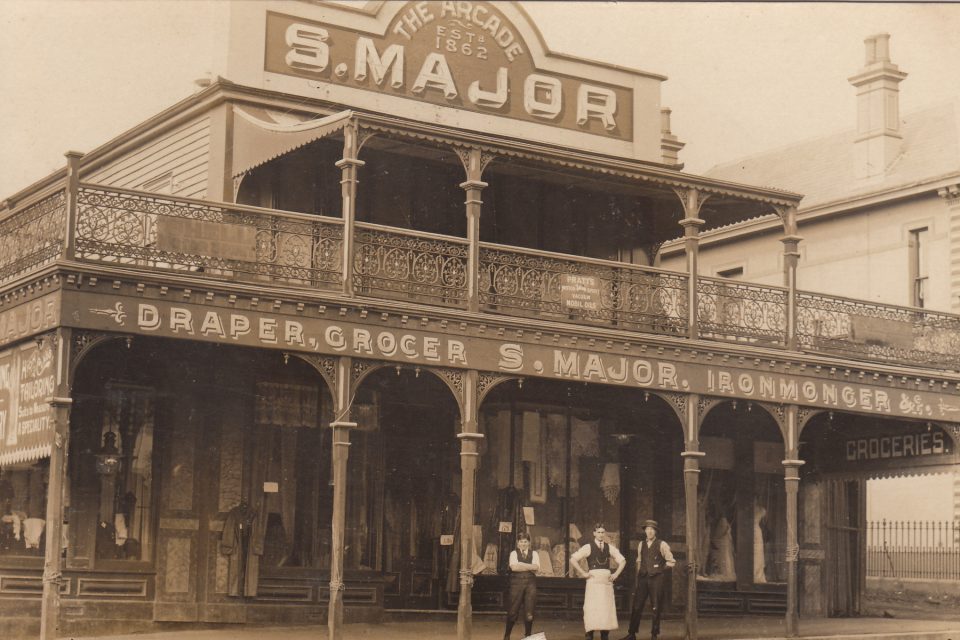
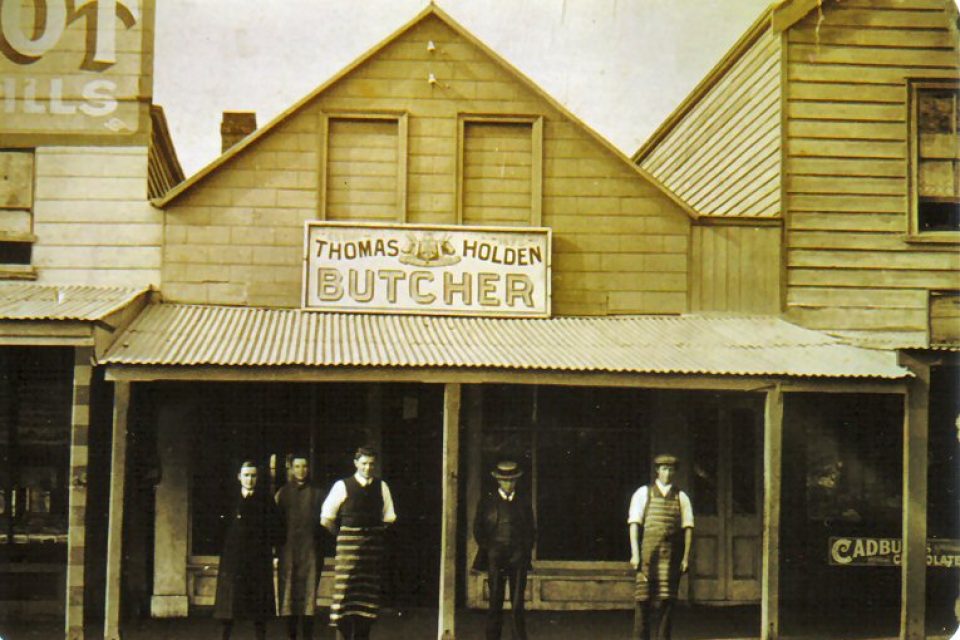
Local residents also had to deal with panicked horses, runaway buggies, cattle driving and horse racing along Kiama’s streets.
By the 1862 Kiama census there was quite a local community, with 5486 people living in the municipality, with almost half of those under 15 years.
Early Kiama businesses offer a fascinating insight into daily life, including Major’s Arcade, established in 1862 and destroyed by fire in 1922.
One of the town’s main streets, Manning Street, was named after Sir William Montagu Manning, who was born in England in 1811.
Shortly after emigrating to Australia in 1837, Manning supplemented his income as a barrister by purchasing large allotments of land in the Illawarra and South Coast, including the Bonaira Estate in Kiama. He subsequently had the area cleared and subdivided into farms.
Manning was appointed the acting judge of the NSW Supreme Court and solicitor-general in 1849. He drafted the proclamation for the separation of Queensland from NSW, and he was knighted in 1858.
Photos of Manning St in those early years show cattle grazing on the sides of the dirt road, with horse-drawn carriages gradually giving way to early motor vehicles.
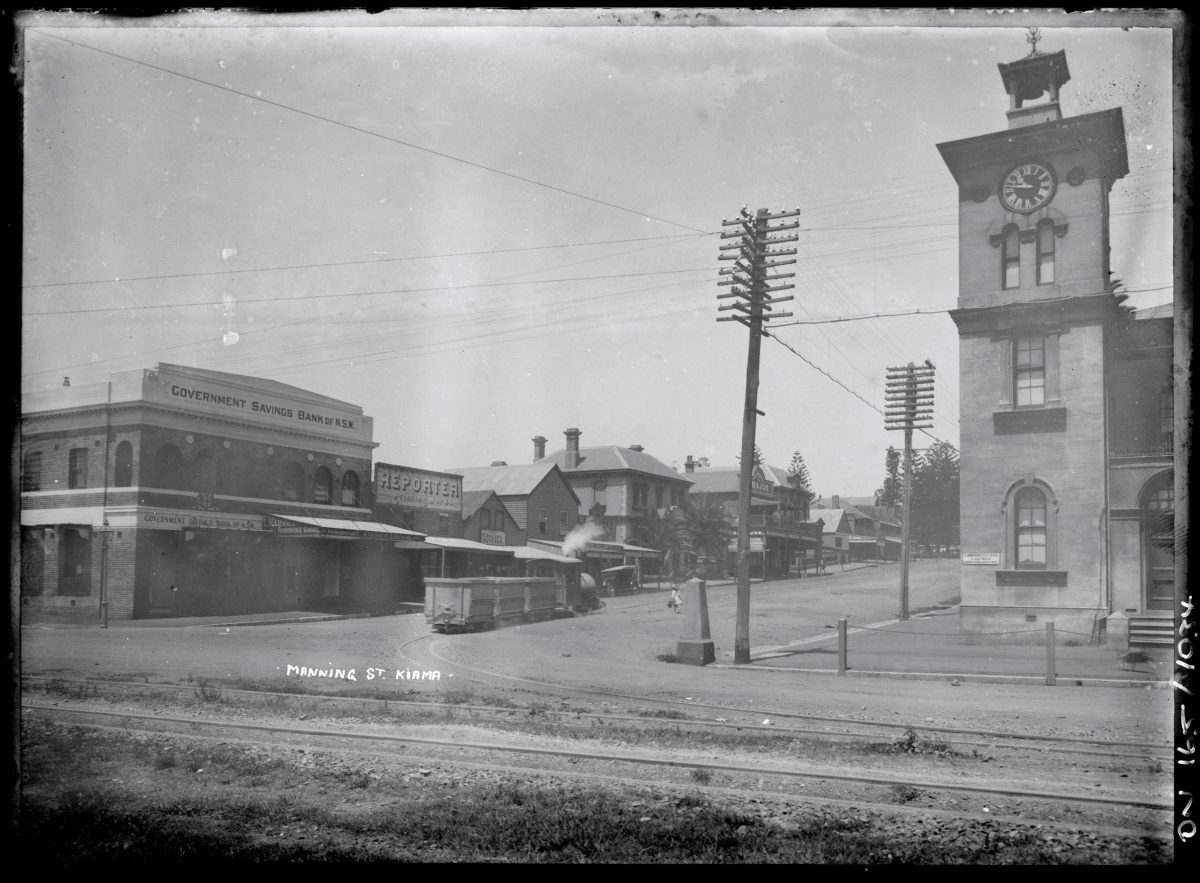
A tram heads south up Manning St in about 1916. The post office is on the right and Government Savings Bank of NSW on the left.
The main streets of Kiama even had a tramline, which was laid in Manning and Terralong streets in 1913, mainly to carry blue metal from the quarries to the harbour and railway siding. A similar attempt was made in the late 1880s but encountered so many problems it was abandoned.
The Princes Highway originally passed right through the centre of Kiama, along Hothersal, Gipps, Collins, Terralong and Manning streets, and South Kiama Drive.
It was frequently congested, especially in holiday periods, and crossed the South Coast railway three times.
Construction of the long-awaited Kiama bypass started in December 1983 and opened to traffic four years later.
The cattle and horses have long gone from Manning St, but it remains a popular shopping strip in the beautiful seaside village.








